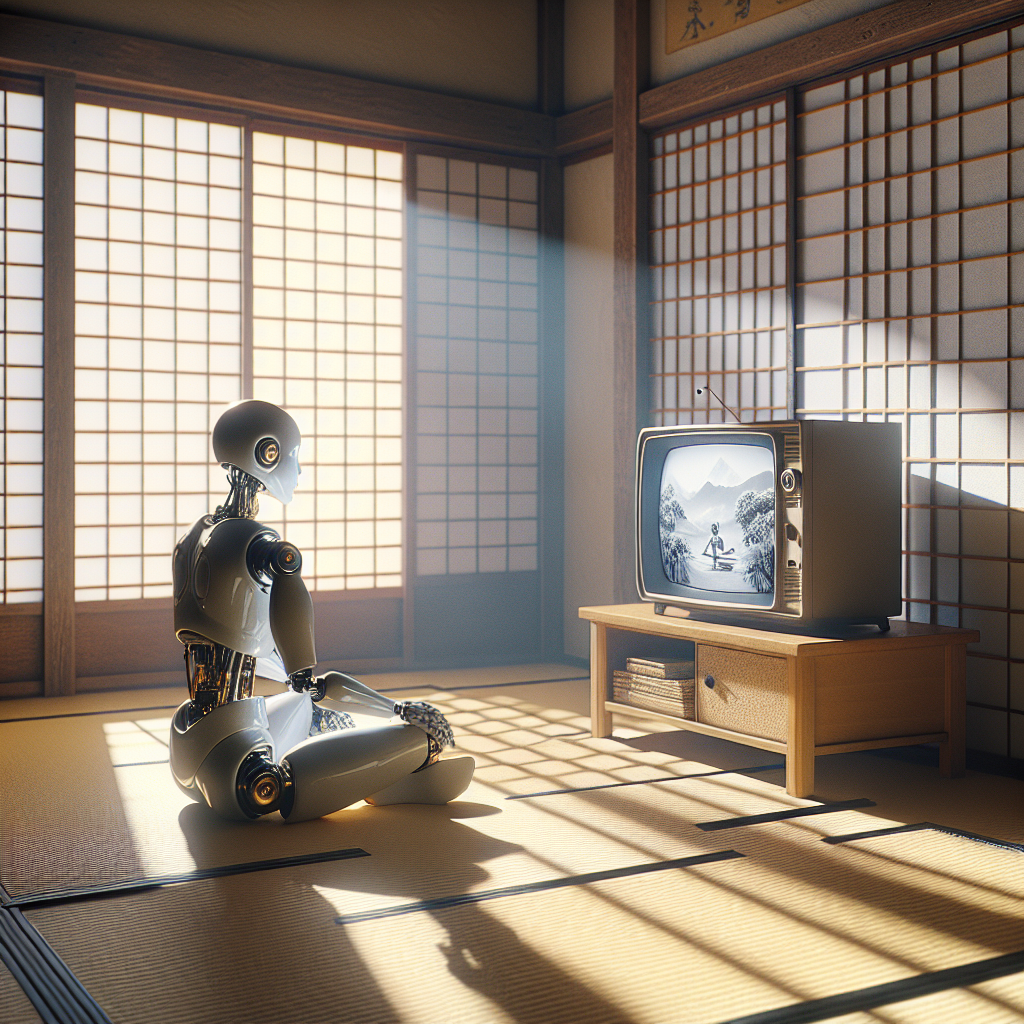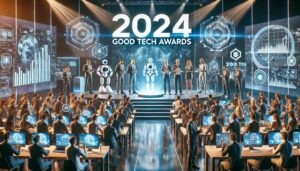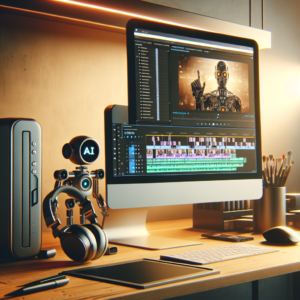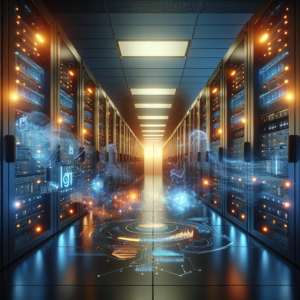Anime Lessons in the Limits of AI
In recent years, the intersection of technology and creativity has been a hot topic, particularly as artificial intelligence (AI) continues to evolve. One area where this is becoming increasingly evident is in the realm of animated storytelling, where anime serves as a prime example. This blog post explores the profound lessons we can learn from anime about the limits of AI, delving into the complexities of human creativity that machines have yet to replicate.
Understanding Anime: More than Just Entertainment
Anime is not merely a form of entertainment; it is a cultural phenomenon that embodies storytelling at its finest. Rooted in Japanese tradition yet appealing to global audiences, anime often tackles complex themes such as:
– Identity
– Existentialism
– Social issues
– Interpersonal relationships
These themes resonate with audiences because they are rooted in the human experience, making anime much more than colorful animation and fantastical worlds.
Human Emotion vs. AI Simulation
One of the key lessons that anime teaches us is the importance of genuine human emotion in storytelling. While AI can generate text, create images, and even produce music, it still struggles to replicate the depths of human feeling and experience.
Human emotion is nuanced, layered, and often contradictory. Characters in anime express a range of emotions that are deeply relatable, allowing viewers to connect with them on an emotional level. No algorithm can fully encapsulate the intricacies of human experience, which is a significant limitation of AI.
The Role of Narrative Structure
Another aspect where anime shines is in its narrative structure. The best anime series and films are meticulously crafted, often featuring intricate plots that weave together multiple storylines. These narratives depend on a few key elements:
– Character Development: Characters grow and evolve, often influenced by their experiences and relationships.
– Conflict Resolution: The resolution of conflicts can take unexpected turns, keeping audiences engaged.
– Thematic Depth: Themes are often explored from multiple angles, providing a richer viewing experience.
While AI can generate plots and even mimic storytelling techniques, it lacks the ability to understand the deeper implications of narrative structure. This is where human storytellers shine, as they can infuse their work with personal insights and cultural nuances.
Creativity Beyond Algorithms
Creativity is often seen as one of the last frontiers for AI, and anime vividly illustrates why this is the case. The creative process involves more than just combining existing elements; it requires original thought, inspiration, and a degree of chaos. Here are some aspects of creativity that AI struggles to emulate:
– Intuition: Human creators often rely on gut feelings when making decisions, something that AI cannot replicate.
– Inspiration: The spark of inspiration frequently comes from personal experiences, emotions, and observations—elements that are inherently human.
– Cultural Context: Anime draws from Japanese culture and global influences, providing a rich tapestry that AI cannot authentically replicate.
The uniqueness of human creativity is often what captivates audiences, making it a vital aspect of storytelling that AI cannot yet master.
The Shortcomings of AI in Animation
Despite the advancements in AI technology, there are still glaring shortcomings when it comes to animation. Some of the critical challenges include:
– Fluidity of Motion: AI can generate images but struggles to create fluid, lifelike animations that require an understanding of physical movement.
– Character Expression: While AI can create facial expressions, it often fails to capture the subtleties of human emotion that make a character relatable and engaging.
– Artistic Style: Anime encompasses a wide variety of artistic styles, each with its own nuances. Creating a unique style that resonates with audiences is an area where AI falls short.
These shortcomings highlight the limitations of AI in creative domains, particularly in the field of animation and storytelling.
Case Studies: AI in Animation
Several case studies demonstrate the current capabilities and limitations of AI in the field of animation. Notable examples include:
– AI-Generated Scripts: Some companies have experimented with using AI to generate script ideas. While the results can be entertaining, they often lack coherence and emotional depth.
– Automated Animation: Tools that automate animation processes can save time and resources. However, they often produce results that feel generic and lack the charm of hand-drawn animation.
– Music Composition: AI music tools have made strides in creating background scores for animations. Still, the music often lacks the emotional resonance needed to elevate the narrative.
These case studies show that while AI can assist in various aspects of animation, it is far from replacing the human touch that makes anime so beloved.
Future Perspectives: Bridging the Gap
As we look to the future, one question remains: Can AI and human creativity coexist harmoniously? The answer may lie in finding a balance between leveraging technological advancements and honoring the essence of human storytelling.
– Collaboration: Combining human creativity with AI’s capabilities may lead to innovative storytelling methods. For example, AI could assist with brainstorming sessions or provide insights based on audience preferences.
– Hybrid Models: Future animations could use AI for certain elements, such as background generation, while leaving character development and emotional arcs to human creators.
– Ethical Considerations: As technology advances, ethical considerations must guide the use of AI in creative fields to ensure that the essence of storytelling is preserved.
Final Thoughts
Anime serves as a powerful lesson in understanding the limits of AI in creative fields such as storytelling and animation. While AI can offer valuable tools and resources, it cannot replace the profound human experiences that resonate in narratives.
The future of animation may involve a partnership between human creators and AI, allowing both to coexist and flourish. In this evolving landscape, the unique qualities that make storytelling rich and impactful will continue to be rooted in the human experience.
As we embrace the potential of AI while acknowledging its limitations, we can ensure that the art of storytelling remains vibrant and deeply engaging for audiences around the world.



